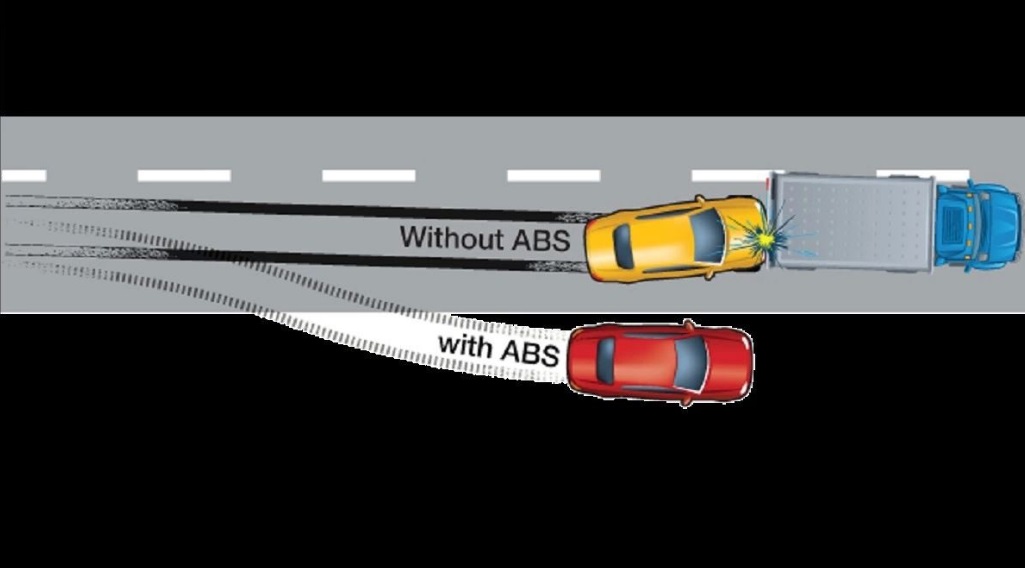
Understanding and Utilizing ABS Brakes: Enhancing Your Driving Safety
The Basics of ABS Brakes
Anti-lock Braking Systems (ABS) have been designed to help drivers maintain control during emergency braking situations. Unlike traditional braking methods, ABS provides a significant advantage by preventing the wheels from locking up, thereby maintaining traction with the road surface. This system allows the driver to steer around obstacles while braking, enhancing overall vehicle control and safety.
Traditional Braking vs. ABS
Traditional Braking: Threshold Braking
Before ABS became common, drivers had to rely on a technique called threshold braking during emergencies. Here’s what it involves:
– Sensitive Brake Control: Applying the brake right up to the point of wheel lockup, then easing off slightly to prevent a skid.
– Constant Adjustment: Continuously adjusting brake pressure to maintain maximum braking force without locking the wheels.
– Skill and Practice: This technique requires a high level of skill and practice to master. Without proper training, drivers can easily lose control, leading to longer stopping distances or skidding.
ABS: Automated Threshold Braking
ABS automates the threshold braking process using computer-controlled sensors and valves:
– Wheel Speed Sensors: These detect when a wheel is about to lock up.
– Brake Pressure Modulation: The system adjusts brake pressure to prevent skidding, doing so hundreds of times per second.
– Maintained Steering Control: By preventing wheel lockup, ABS allows drivers to steer around obstacles while braking.
Practical Use of ABS
When driving a vehicle equipped with ABS, it’s crucial to understand and follow the correct braking technique:
- Firm and Continuous Pressure: In an emergency, press the brake pedal firmly and keep it pressed. Do not pump the brakes.
- Expect Pulsation: The brake pedal will pulsate, vibrate, or make noise as the ABS activates. This is normal and indicates that the system is working.
- Steer if Necessary: While braking, you can steer to avoid obstacles. ABS ensures that the wheels maintain traction, allowing for directional control.
Experience the ABS System
To familiarize yourself with the ABS system and its sensations:
- Find a Safe Area: Locate an empty parking lot or a similar safe space.
- Simulate Emergency Braking: Accelerate to a moderate speed and then brake hard enough to activate the ABS.
- Observe the Response: Notice the pulsation and noise from the ABS. This exercise will help you understand how the system feels and reacts.
Advantages of ABS
– Shorter Stopping Distances: ABS helps achieve shorter stopping distances on slippery or uneven surfaces.
– Improved Control: By preventing skids, ABS maintains vehicle stability and steering control.
– Increased Safety: In emergencies, ABS can prevent collisions and enhance overall vehicle safety.
Final Thoughts
ABS brakes are a significant advancement in vehicle safety technology. Understanding how to use them correctly can greatly improve your driving safety in emergency situations. Always remember:
– Do not pump ABS brakes; maintain firm and continuous pressure.
– Familiarize yourself with the system in a controlled environment.
– Appreciate the enhanced control and safety ABS provides.
Investing in vehicles with ABS brakes and practicing the correct usage can be lifesaving. Make sure you know how to utilize this technology to its full potential, ensuring a safer driving experience for you and others on the road.
Dismiss your ticket and master the art of staying ticket-free with us. Since 2007, we’ve been the trusted solution for dismissing Arizona Traffic Tickets hassle-free. Upon completing our course, your ticket charge will be dismissed, with no points on your record, and no need for a court appearance.
